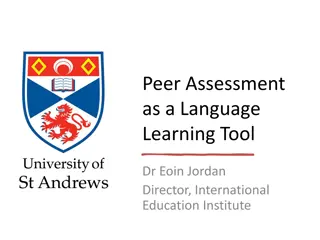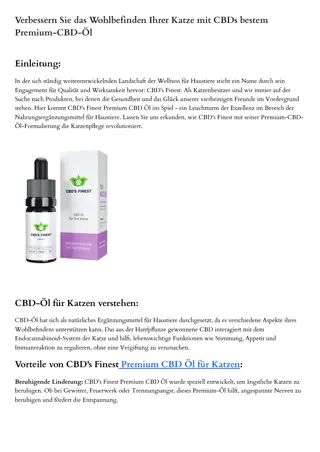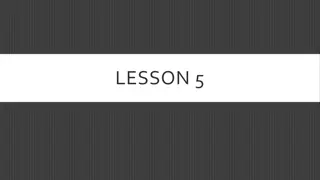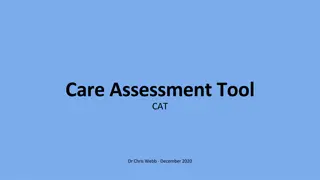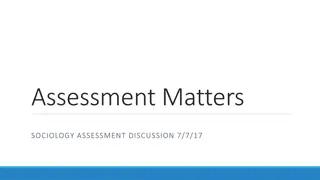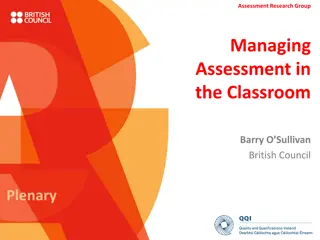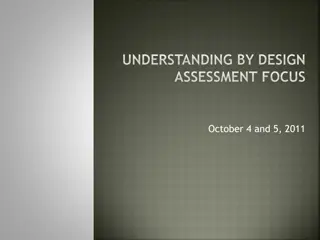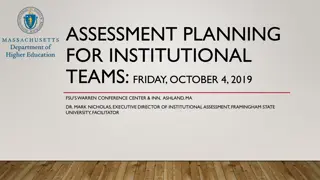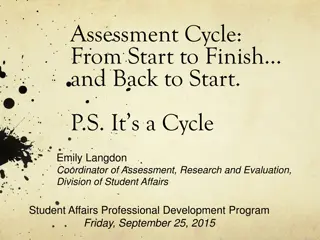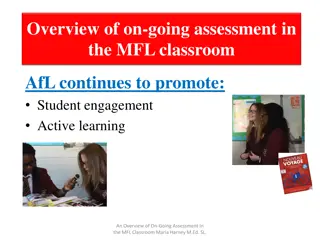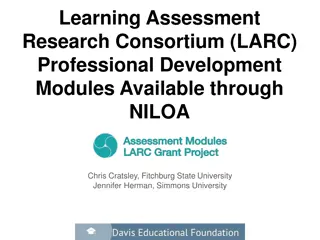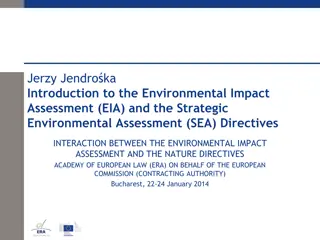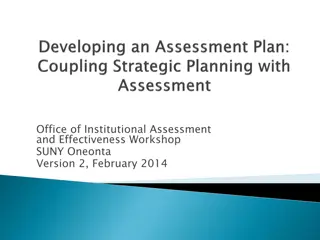Maximizing CBDs for Professional Assessment
In this collection of images and quotes, you will find insights on Case-based Discussions (CbD) for assessing professional judgment in clinical settings. Learn about crafting effective feedback, understanding competence areas, and the importance of feedback in driving performance improvement.
Uploaded on Mar 06, 2025 | 0 Views
Download Presentation

Please find below an Image/Link to download the presentation.
The content on the website is provided AS IS for your information and personal use only. It may not be sold, licensed, or shared on other websites without obtaining consent from the author.If you encounter any issues during the download, it is possible that the publisher has removed the file from their server.
You are allowed to download the files provided on this website for personal or commercial use, subject to the condition that they are used lawfully. All files are the property of their respective owners.
The content on the website is provided AS IS for your information and personal use only. It may not be sold, licensed, or shared on other websites without obtaining consent from the author.
E N D
Presentation Transcript
Making the most out of Making the most out of CBDs CBDs Roger Tisi Spring Symposium 2015
The Case-based Discussion (CbD) is a structured interview designed to assess your professional judgement in clinical cases. What is a CBD?
In ST3, youll present four cases to your trainer or educational supervisor one week before the discussion. They will select one or two for discussion. Who does this?
Your trainer or educational supervisors will aim to cover as many relevant competences as possible in the time available. or this?
Its helpful to establish at the start of the discussion which competence areas your trainer or supervisor is expecting to look at. Who does this?
It is recommended that each discussion should take about 30 minutes, including the discussion itself, completing the rating form and providing feedback. or this?
the fuel that drives improved performance Parsloe, 1995 What is feedback?
To craft teacher feedback that leads to learning, put yourself in the student's shoes. Susan Brookhart, 2009 Giving it straight
the way in which learners become aware of the gap between their current level of knowledge or skill and the desired goal Wood (2007) What is it for?
What makes for an effective CBD?
Concentrate on the hard to reach
Concentrate on what was done(not on the maybes )
Some students see the primary purpose of feedback as being that of image strengthening Pelgrim and Kramer (2013) Really?
To achieve truly effective feedback, the health professions must nurture recipient reflection- in-action Archer, JC, 2010 How to do it?
Feedback effectiveness tends to diminish the closer the learner gets to the self and the further away they get from the task . Kluger and De Nisi (1996) Really?
Be clear about what you are giving feedback about One or two learning points Focus on what can be changed How much
Accentuate the positive? Be specific Encourage reflection What type
Upsetting the student Effect of a negative reaction to feedback Too generalised Inadequate guidance as to how to rectify behaviour Hesketh and Laidlaw (2002) Problem Feedback



